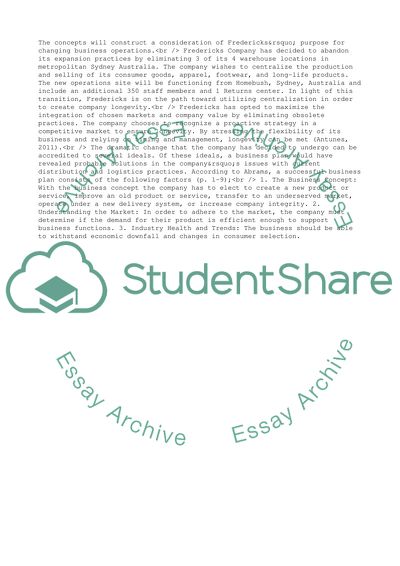Cite this document
(Warehousing of Fredericks Company Case Study Example | Topics and Well Written Essays - 2000 words - 1, n.d.)
Warehousing of Fredericks Company Case Study Example | Topics and Well Written Essays - 2000 words - 1. Retrieved from https://studentshare.org/business/1772566-warehousing-and-distribution
Warehousing of Fredericks Company Case Study Example | Topics and Well Written Essays - 2000 words - 1. Retrieved from https://studentshare.org/business/1772566-warehousing-and-distribution
(Warehousing of Fredericks Company Case Study Example | Topics and Well Written Essays - 2000 Words - 1)
Warehousing of Fredericks Company Case Study Example | Topics and Well Written Essays - 2000 Words - 1. https://studentshare.org/business/1772566-warehousing-and-distribution.
Warehousing of Fredericks Company Case Study Example | Topics and Well Written Essays - 2000 Words - 1. https://studentshare.org/business/1772566-warehousing-and-distribution.
“Warehousing of Fredericks Company Case Study Example | Topics and Well Written Essays - 2000 Words - 1”. https://studentshare.org/business/1772566-warehousing-and-distribution.


